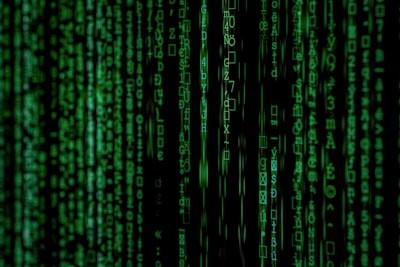Explore the World's Best Ideas
Join today and uncover 100+ curated journeys from 50+ topics. Unlock access to our mobile app with extensive features.
Digital Rights Management (DRM)
Digital Rights Management (DRM) refers to various access control technologies used by publishers and copyright holders to restrict and control the use of digital content and devices. The main goal of DRM is to prevent unauthorized copying and distribution of copyrighted works, thereby protecting intellectual property and combating piracy.
3
33 reads
Encryption
DRM systems encrypt the content, making it unreadable without the appropriate decryption key. Only authorized users with valid licenses can decrypt and access the protected content.
3
24 reads
License Management
DRM platforms manage the creation and distribution of digital licenses that grant users access to the encrypted content. The license specifies the permissions and constraints, such as duration of access, allowed devices, etc.
3
21 reads
Access Control
DRM enables copyright holders to define and enforce access policies - who can access the content, for how long, on which devices, etc. Unauthorized users are prevented from accessing the protected files.
3
17 reads
Copy Protection
DRM places restrictions on copying, printing, editing and sharing of the content. This makes it difficult for users to create and distribute unauthorized copies.
3
20 reads
Digital Watermarking
Some DRM solutions embed imperceptible watermarks into the content containing user identity and transaction details. This allows tracing the source of piracy if unauthorized copies are found.
3
19 reads
Online Authentication
For streaming media, DRM systems require periodic online authentication of user licenses. This prevents access if the license is revoked or expired, limiting the risk of piracy.
3
14 reads
IDEAS CURATED BY
CURATOR'S NOTE
Digital Rights Management (DRM) refers to various access control technologies used by publishers and copyright holders to restrict and control the use of digital content and devices. The main goal of DRM is to prevent unauthorized copying and distribution of copyrighted works, thereby protecting intellectual property and combating piracy.
“
Similar ideas
37 ideas
Digital Minimalism
Cal Newport
33 ideas
Digital Minimalism
Cal Newport
8 ideas
Management
Brian Tracy
Read & Learn
20x Faster
without
deepstash
with
deepstash
with
deepstash
Personalized microlearning
—
100+ Learning Journeys
—
Access to 200,000+ ideas
—
Access to the mobile app
—
Unlimited idea saving
—
—
Unlimited history
—
—
Unlimited listening to ideas
—
—
Downloading & offline access
—
—
Supercharge your mind with one idea per day
Enter your email and spend 1 minute every day to learn something new.
I agree to receive email updates
